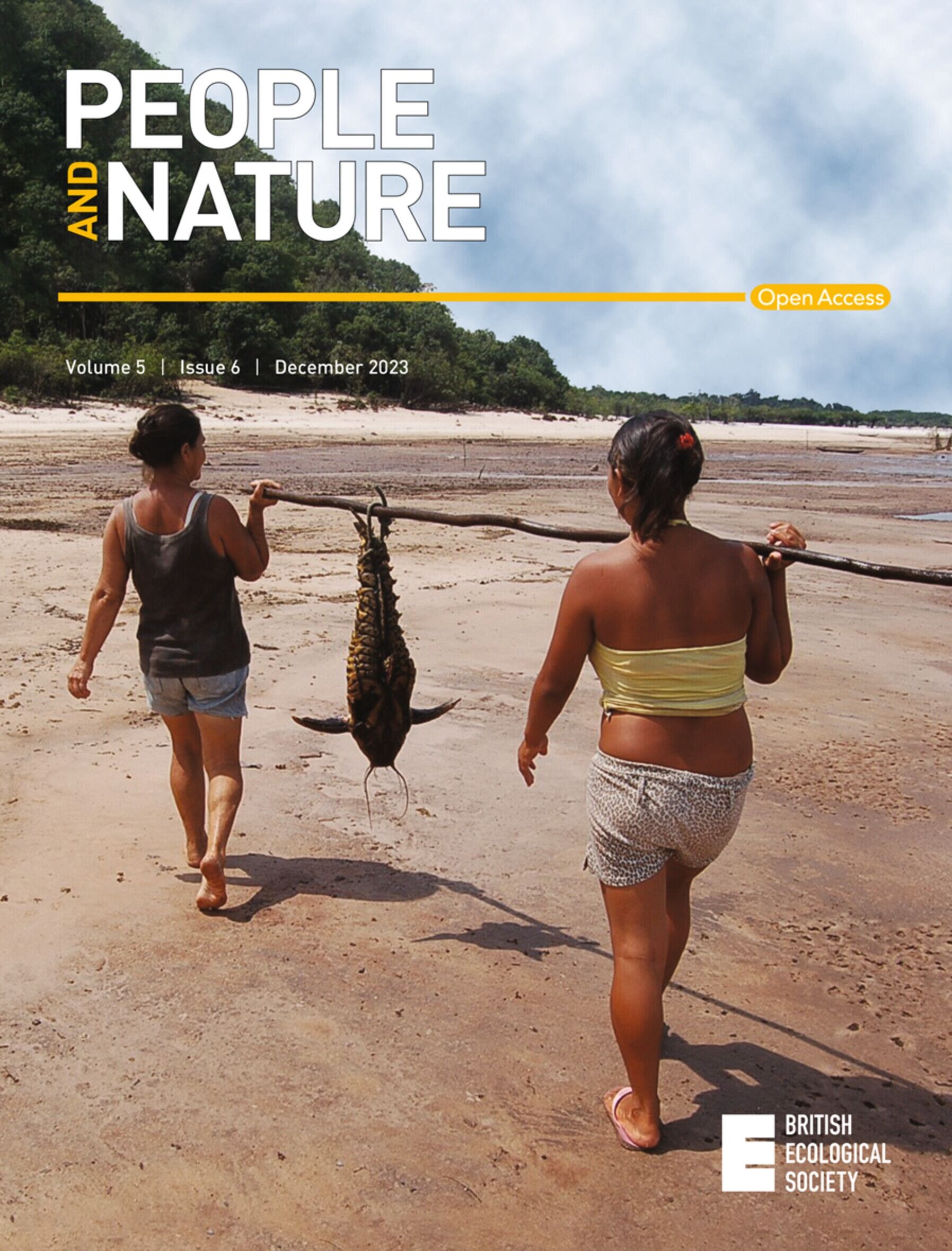The more the merrier? Perceived forest biodiversity promotes short‐term mental health and well‐being—A multicentre study
IF 4.9
1区 环境科学与生态学
Q1 BIODIVERSITY CONSERVATION
引用次数: 0
Abstract
Forests can foster mental health and well‐being. Yet, the contribution of forest biodiversity remains unclear, and experimental research is needed to unravel pathways of biodiversity–health linkages. Here, we assess the role of tree species richness, both actual and perceived, and how stress reduction and attention restoration can serve as potential mediating pathways to achieve positive mental health and well‐being outcomes. We conducted an experimental, multicentric field study in three peri‐urban forests in Europe, employing a mixed design with 223 participants, that comprised 20‐min stays in forests with either low, medium or high tree species richness or a built control. Participants' short‐term mental health and well‐being and saliva cortisol as a biomarker of stress were measured before and after the intervention. Forest visits for 20 min were found to be beneficial for participants' short‐term mental health, short‐term mental well‐being, subjective stress, subjective directed attention and perceived restorativeness compared with a built environment. No differences were found for the physiological stress indicator saliva cortisol, which decreased in both the forest and the built environments. Increased perceived biodiversity—possibly linked to structural forest attributes—was significantly associated with well‐being outcomes, while no association was found for differences in actual tree species richness. Structural equation modelling indicates that higher levels of perceived biodiversity had an indirect effect on short‐term mental health and well‐being through enhancing perceived restorativeness. While we found no evidence of actual tree species richness effects, perceived biodiversity was associated with positive short‐term mental health and well‐being outcomes. Understanding these biodiversity–health linkages can inform conservation management and help develop effective nature‐based interventions for promoting public health through nature visits. Read the free Plain Language Summary for this article on the Journal blog.越多越好?感知森林生物多样性可促进短期心理健康和幸福感--一项多中心研究
森林可以促进心理健康和幸福。然而,森林生物多样性的贡献仍不明确,需要通过实验研究来揭示生物多样性与健康之间的联系。在此,我们评估了树种丰富度(包括实际丰富度和感知丰富度)的作用,以及减轻压力和恢复注意力如何作为实现积极心理健康和幸福感的潜在中介途径。 我们在欧洲的三个近郊森林开展了一项多中心实地实验研究,采用混合设计,有 223 人参加,包括在树种丰富度低、中、高的森林或建筑对照中停留 20 分钟。干预前后对参与者的短期心理健康和幸福感以及作为压力生物标志物的唾液皮质醇进行了测量。 结果发现,与建筑环境相比,20 分钟的森林探访有利于参与者的短期心理健康、短期心理幸福感、主观压力、主观定向注意力和感知恢复能力。生理压力指标唾液皮质醇在森林和建筑环境中均有所下降,但没有发现差异。 生物多样性感知的增加(可能与森林的结构属性有关)与幸福感结果有显著关联,而与实际树种丰富度的差异没有关联。结构方程模型表明,较高水平的可感知生物多样性通过提高可感知恢复性对短期心理健康和幸福感产生了间接影响。 虽然我们没有发现实际树种丰富度效应的证据,但感知到的生物多样性与积极的短期心理健康和幸福感结果有关。了解这些生物多样性与健康之间的联系可以为保护管理提供信息,并有助于制定有效的基于自然的干预措施,通过亲近自然促进公众健康。 在期刊博客上免费阅读本文的通俗语言摘要。
本文章由计算机程序翻译,如有差异,请以英文原文为准。
求助全文
约1分钟内获得全文
求助全文

 求助内容:
求助内容: 应助结果提醒方式:
应助结果提醒方式:


